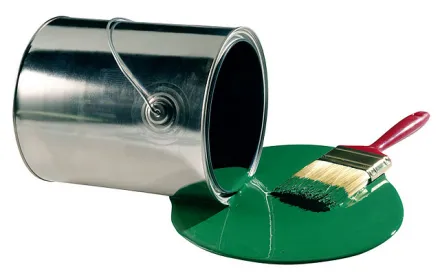The Canadian government is considering proposed regulations (Volatile Organic Compound Concentration Limits for Certain Products Regulations) that would impose the first national volatile organic compound (“VOC”) limits aimed at consumer products, such as personal care products, automotive and household maintenance products, and adhesives, among others. If finalized, the regulations would impose VOC concentration limits on approximately 130 product categories, prohibiting the manufacture and import of these products in excess of their respective category-specific VOC limits. Manufacturers and importers will have up to two years from the date of enactment before the vast majority of the regulations come into force.[1]
The proposed regulations are intended to help meet Canada’s commitments under the 1991 U.S.-Canada Air Quality Agreement to address transboundary air pollution. Critically, the proposed regulations are intended to align with the 2010 version of the California Air Resources Board’s (“CARB”) Consumer Product Regulations, although they would deviate somewhat from the CARB rules to accommodate Canada’s colder climate. Specifically, the proposed regulations would make the following revisions to the CARB consumer product categories and concentration limits to accommodate cold and freezing conditions:
-
Remove the windshield washer fluid category;
-
Increase the VOC concentration limit of 1.5% for non-chemically curing sealant and caulking products and 3% for chemically curing products to 4%; and
-
Add a category for acoustical sealant products.
The proposal does, however, retain CARB’s product labelling approach. Manufacturers and importers of covered products would be required to clearly mark each product with the date, or a code representing the date, on which the product was manufactured. In addition, the regulation would impose various record retention requirements for manufacturers and importers.
Canada is considering some carve outs to exclude products:
-
Used or intended for use in certain limited activities, such as product designed solely for use in a manufacturing activity or used in a new car at the time of manufacture;
-
Regulated under other schemes, including the Pest Control Products Act and the VOC Concentration Limits for Architectural Coatings and Automotive Refinishing Products; and
-
Subject to a rate of dilution, such that the VOC concentration at the diluted level is equal to or less than the applicable limit.[2]
Canada also is considering alternative compliance options such as temporary permits for products where compliance is not technically or economically feasible or where the products’ design, formulation or delivery results in reduced VOC emissions. The proposed regulations also contemplate a VOC tradeable unit credit program whereby companies could balance product VOC concentrations by purchasing credits from other companies.
Public consultation and comments on the proposed regulations may be submitted to the Minister of the Environment through September 19, 2019.
[1] The regulation of disinfectants is not proposed to commence until January 1st of the third calendar year after enactment of the regulations.
[2] Notably, this exception is inapplicable to multi-purpose solvents and paint thinners.





 />i
/>i

